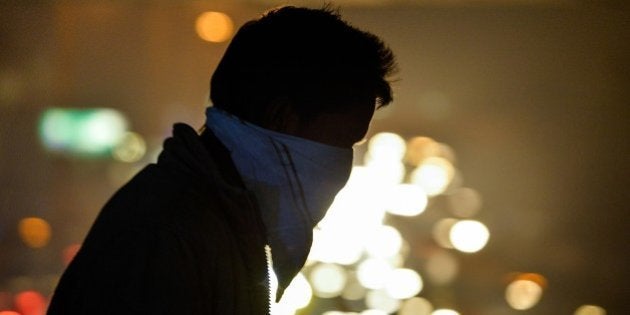
NEW DELHI -- Greenpeace India's scientific analysis has revealed high concentrations of heavy metals inside classrooms of different schools across Delhi between October-November.
A report released on Thursday showed the samples collected and tested inside the classrooms of having alarming levels of heavy metal presence on days when PM 2.5 concentrations were higher than the prescribed levels.
The study was conducted to decode constituents of PM 2.5 from the collected sample. PM 2.5 concentrations from monitors installed inside the classrooms showed indoor air quality five times above the Indian safety limits, and as much as 11 times above the World Health Organisation's safety limits, taking the average to 293 (µg/m3). The same samples when tested for elemental composition of PM2.5 showed dangerous levels of heavy metals such as Arsenic, Cadmium, Lead and Nickel which are carcinogenic and detrimental to health.
The five samples tested contained one or more metal at a concentration higher than the respective limit and/or guideline value for annual average metal concentrations in the air set either by the Indian Government or the World Health Organisation. Cadmium and Arsenic concentrations were higher than the prescribed standards (Indian/WHO) in 70% and 40% of the schools respectively.
The detected heavy metals such as Lead and Manganese are neurotoxic and affect the cognitive and motoric development of children in particular. On the other hand, Arsenic, Cadmium, Nickel and Chromium (VI) are carcinogenic causing cancer in human.
"The result signifies that schoolchildren are exposed to exceeding levels of heavy metals that increase the risk of cancer and developmental problems. Higher the PM 2.5 concentrations higher will be the exposure to heavy metals," says Sunil Dahiya, Campaigner, Greenpeace India. Talking further about the sources of the heavy metal presence, Dahiya said "most of these particles are attached to the anthropogenic impacts caused due to fossil fuel (Coal and Oil) burned for energy and transportation sector."
Similar studies conducted elsewhere in India connect the presence of heavy metals in PM 2.5 to various sources. Based on these studies the high fractions of heavy metals such as Cadmium and Lead comes from industrial emission whereas high levels of Zinc and Lead comes from burning of coal and non-ferrous metal melting.
Delhi needs to take stringent measures to reduce the air pollution exposure to children. Urgent action such as shutting down schools and restricting outdoor activities should take place; this practice must be expanded to include advice on precautionary measures to other sensitive groups by the government.
"There is an urgent need for a comprehensive regional clean action plan to reduce air pollution from all the major sources in the northern Indian region. Till such measure start giving results government should reduce exposure of children by taking precautionary steps like shutting schools and/or reducing outdoor activities during bad air days", added Dahiya.



Contact HuffPost India
Also see on HuffPost:
